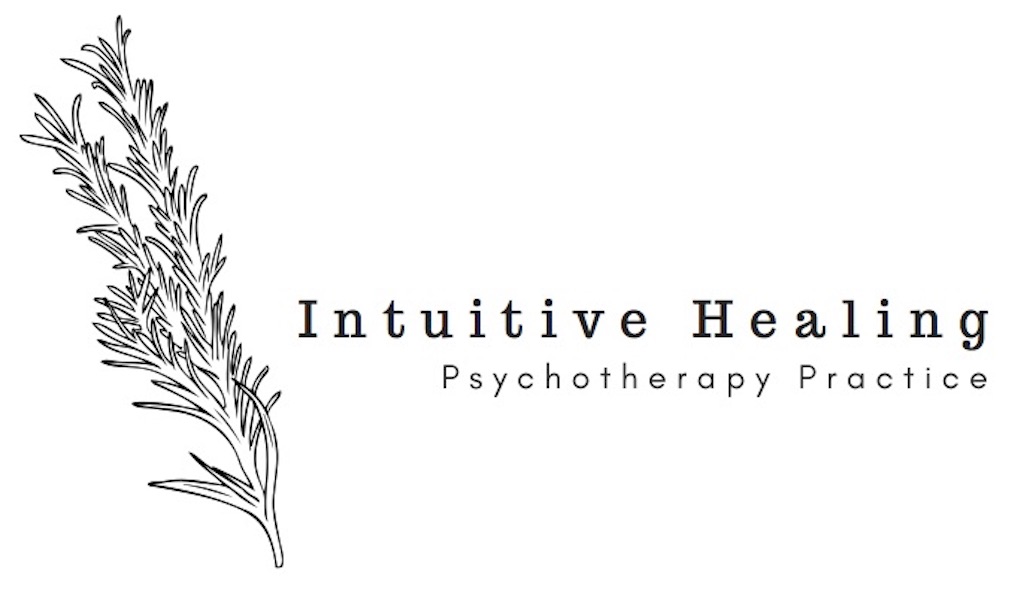Pursuers and Withdrawers: Overcoming the Cycle
Christie Kim, MHC
In my past couple of articles, we explored the roles of the Pursuer and the Withdrawer within the common Pursuer-Withdrawer relationship dynamic. Each role, or attachment style, serves a purpose: to help ease uncomfortable feelings and protect ourselves from our fears in relationships. The Pursuer-Withdrawer dynamic is a negative cycle in which many couples find themselves, and if you’ve been dancing the dance for long enough, it can be difficult to imagine a way out.
There are, however, real and practical tools to overcome this negative cycle. In the final article of the Pursuers and Withdrawers series, we’ll explore ways to recognize and practice a new cycle with your partner, or a loved one in any intimate relationship, which are grounded in the perspective of Emotionally-Focused Therapy (EFT).
Enemy is the cycle, not your partner
People often blame the difficulty of their relationship on their partner, but without reflecting on the dynamic, it’s far more likely you’ll fall into a similar negative cycle even with someone else. Recognize that you and your partner have a common enemy: your negative cycle. If you and your partner can team up against the cycle, rather than fight each other, you’re far more likely to find resolution, growth and real connection.
Identify your triggers
Often couples are arguing about the same root issue, even if context and details vary. Reflect on what triggers you, what kicks up tension in your chest or that icky feeling in your stomach. Triggers most often point to a past wounding. If you can try to build awareness of what is coming up for you and when, you’ll have a much better chance of figuring out ways to manage and work with your triggers.
Have a vision for your relationship
Take a moment to reflect on your values, hopes, and expectations for a relationship. What relationships did you see growing up? What do you want to take with you and what do you want to leave behind? Can you imagine that relationship with your partner? For many couples in distress, it may feel impossible to imagine getting to a better state. But if you know what you’re looking for, you’re in a much better position to get it.
All emotions make sense
Emotions serve a purpose. They make sense. They’re signaling something to you. Just as your emotions are guiding your actions, your partner’s emotions are guiding theirs. When something they do or say is confusing or seems to come out of nowhere, try to remember that there must be emotion behind it, a feeling of disconnection, fear of failure or abandonment.
Focus on emotion over behavior
Look for the emotion (read: the emotional need) beneath the action. When you focus on behaviors (e.g., calling out your partner’s actions, drudging up old stories, etc.), you’re most likely going to be met with defensiveness. If you can speak to emotion -- expressing your own and looking for the emotion in your partner -- your communication can become far more effective, productive, and satisfying. Not sure how to do this? Try expressing yourself with sentences starting with “I feel…” and ask your partner “How are you feeling?”
Remember: once an emotional signal is met, it can shift and move through you because it has fulfilled its purpose. Ignoring emotional signals will only push them off for later.
Replace a negative cycle with a new experience
It will feel weird and uncomfortable to communicate in a new way, especially if you’ve been dancing the Pursuer-Withdrawer dance for a while. You’re doing something you’ve never done before -- it will feel difficult. But to replace a negative cycle with a positive one, you actually have to do it differently. Try to have compassion as you and your partner take new risks, and try to help each other succeed.
It is important to remember that you and your partner are in this together. Many of us grew up in homes or families that could not always provide what we needed. Intimate partnerships can be the best opportunity for healing from such woundings. They can be a sanctuary from the outside world, a place for safety, vulnerability, and healing. If you allow yourself to be vulnerable, you can overcome your negative cycle and experience what we’re all looking for: connection.
